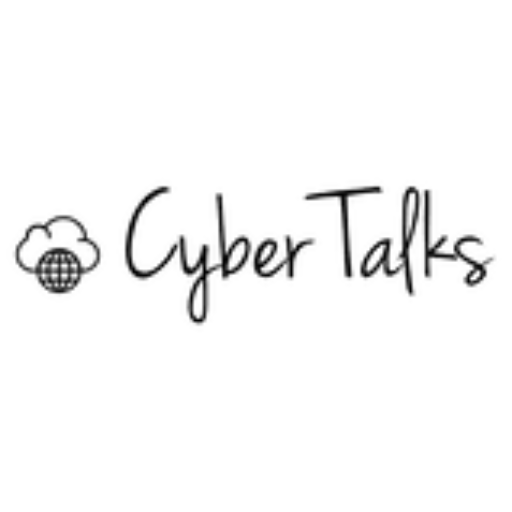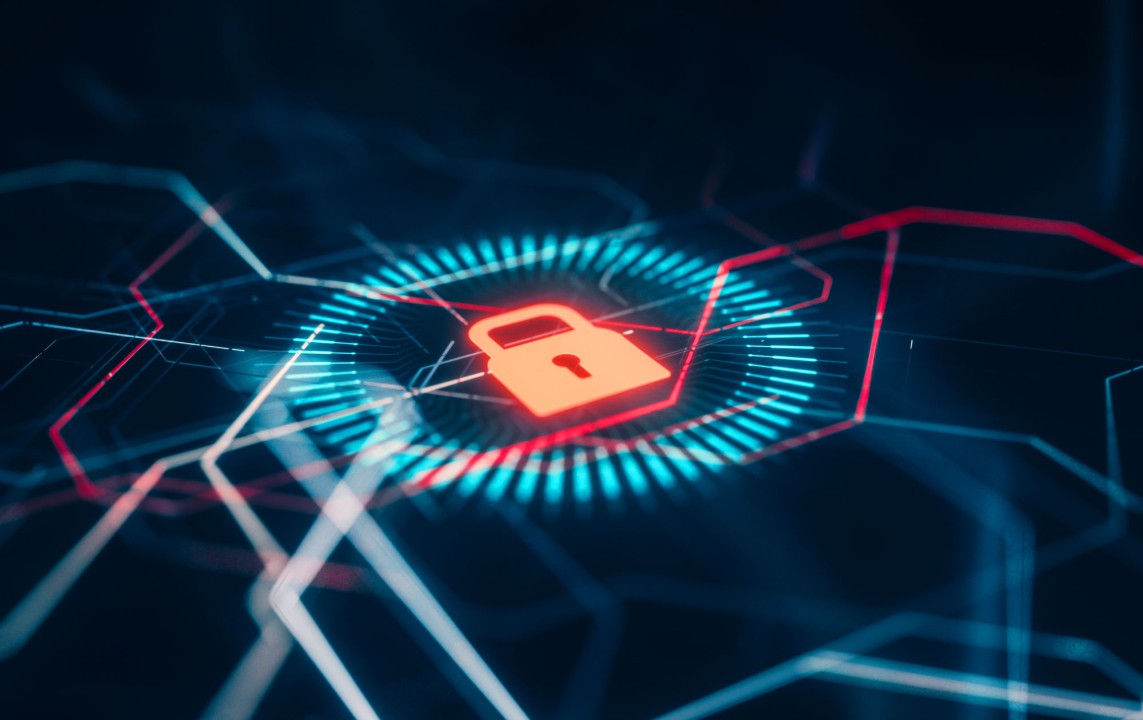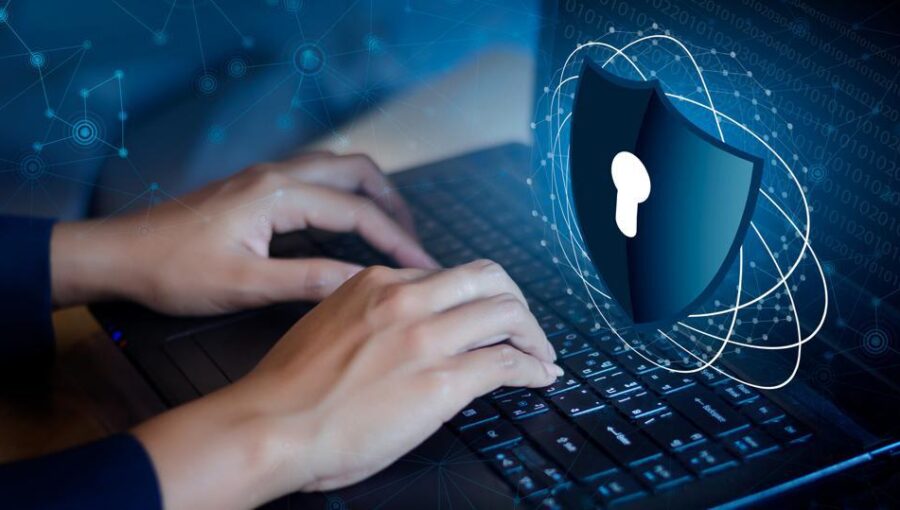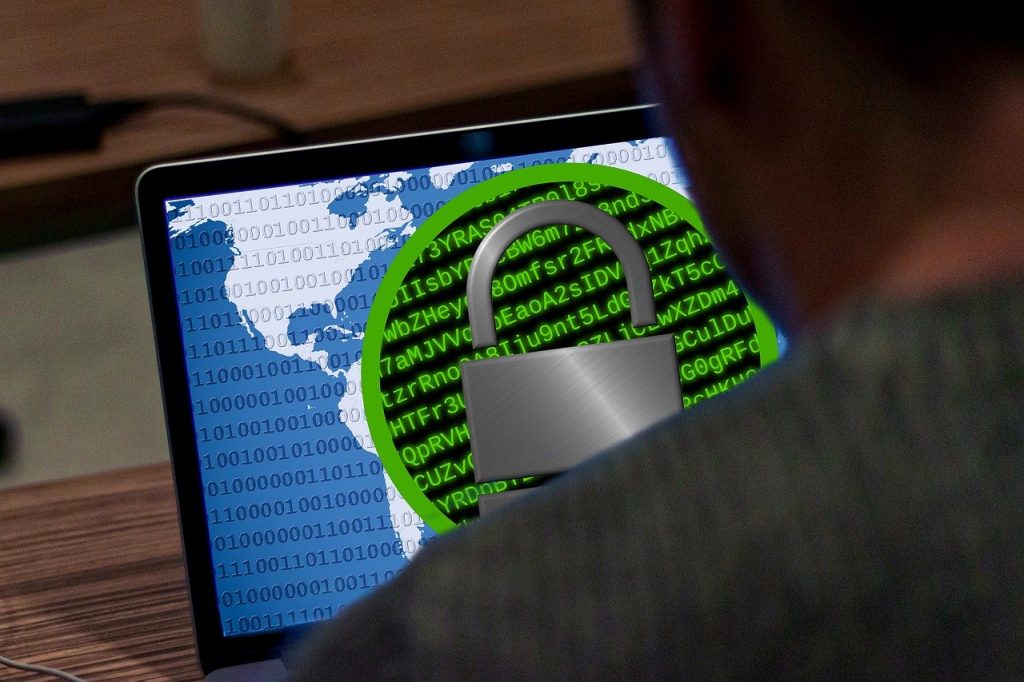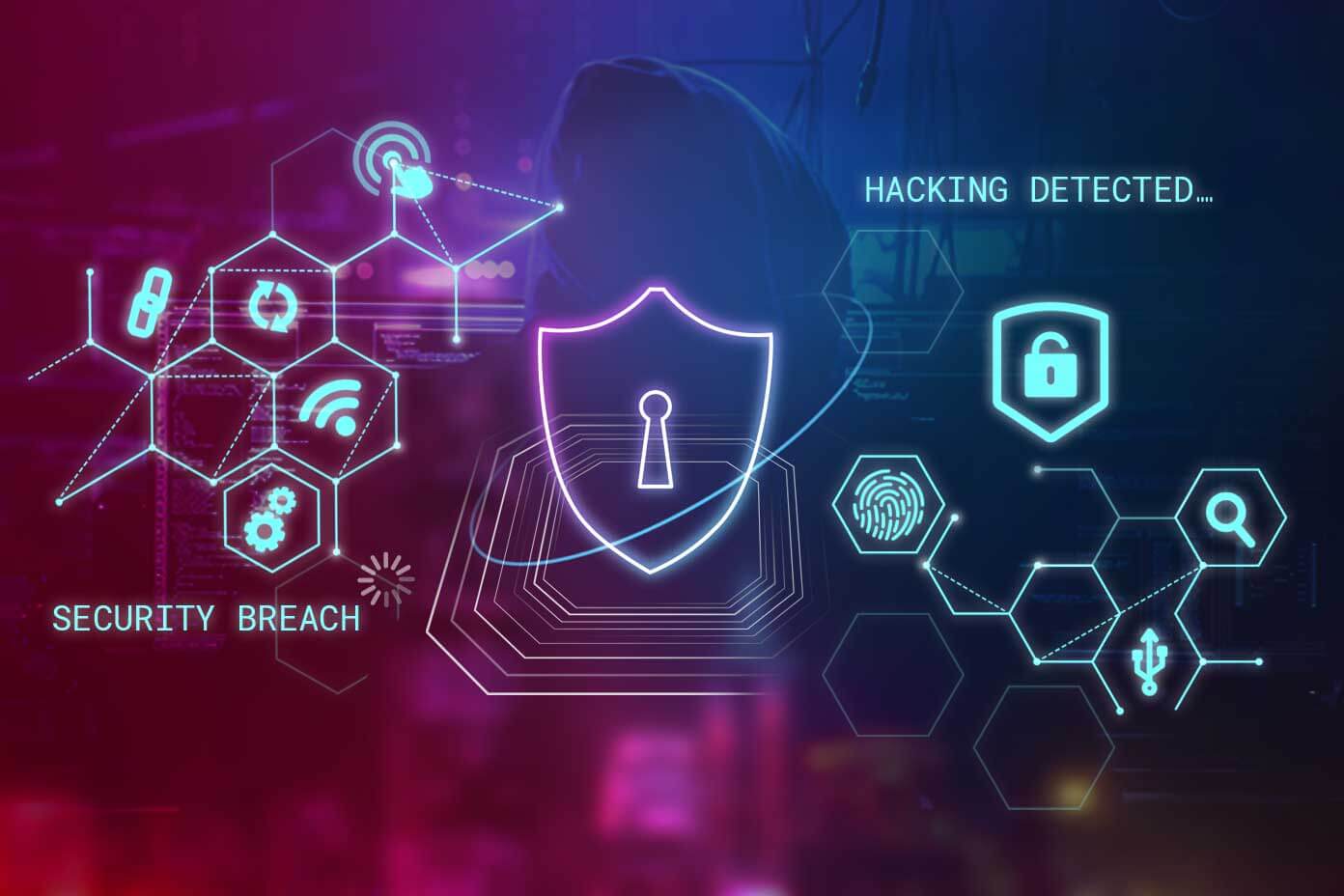
Cybersecurity Challenges In The Remote Work Era And Solutions
Remote work has become increasingly prevalent in the field of cybersecurity, transforming the way professionals operate. With advanced collaboration tools, secure communication channels, and virtual private networks (VPNs), remote cybersecurity experts can seamlessly protect digital assets from anywhere in the world.
This flexible work arrangement allows for greater work-life balance, increased productivity, and access to a global talent pool. However, it also introduces new challenges, such as ensuring secure remote access, implementing strong authentication protocols, and safeguarding sensitive data.
As remote work continues to evolve, cybersecurity professionals must adapt their strategies and stay abreast of emerging threats to maintain robust protection for organizations in an increasingly interconnected digital landscape.
Importance of Remote Work in Cybersecurity
In recent years, remote work has gained significant traction across various industries, including cybersecurity. This shift has been driven by technological advancements, changing work dynamics, and the need for flexibility. Remote work has become especially crucial in the field of cybersecurity, where professionals play a critical role in safeguarding digital assets and defending against cyber threats. Let’s explore the importance of remote work in cybersecurity across several key aspects.
Global Talent Pool:
Remote work allows organizations to tap into a global talent pool of cybersecurity experts. With geographical barriers removed, companies can access top talent regardless of their physical location. This enables organizations to assemble diverse and highly skilled teams, enhancing their ability to tackle complex cybersecurity challenges effectively.
Expanded Availability:
Traditional office hours no longer constrain remote cybersecurity professionals. With remote work, companies can provide 24/7 coverage, ensuring constant vigilance and rapid response to security incidents. This expanded availability helps protect against cyber threats that can emerge at any time, strengthening an organization’s overall security posture.
Enhanced Productivity:
Studies have shown that remote work can lead to increased productivity. Without the distractions and time-consuming commutes associated with office work, cybersecurity professionals can focus more intently on their tasks, leading to improved efficiency and effectiveness in identifying and mitigating threats.
Flexibility and Work-Life Balance:
Remote work offers professionals greater flexibility in managing their work schedules. This flexibility promotes a healthier work-life balance, reducing burnout and increasing job satisfaction. It allows cybersecurity experts to maintain their well-being, leading to improved performance and retention within the industry.
Cost Savings:
From an organizational perspective, remote work in cybersecurity can lead to cost savings. Companies can reduce expenses associated with physical office space, utilities, and commuting allowances. These savings can be reinvested in acquiring cutting-edge cybersecurity tools and technologies or allocated towards employee training and development.
Continuity and Resilience:
Remote work enables organizations to maintain business continuity even during crises or unforeseen events that may disrupt office operations. By having a remote workforce, cybersecurity teams can continue defending critical infrastructure and protecting sensitive information, ensuring operational resilience in the face of adversity.
Access to Specialized Expertise:
Remote work allows organizations to access specialized cybersecurity expertise that may not be available locally. Companies can collaborate with niche experts and consultants from around the world to address specific security challenges, conduct audits, and implement robust security measures tailored to their unique needs.
Reduced Physical Threats:
Operating remotely can reduce the risk of physical threats to cybersecurity professionals and the sensitive data they protect. Remote work eliminates the need for physical presence in high-risk locations, reducing exposure to potential physical attacks or breaches of physical security measures.
Cyber Threats in Remote Work:
While remote work offers numerous benefits, it also introduces new cyber threats and vulnerabilities that organizations must address to maintain a secure digital environment. Understanding these risks and implementing appropriate mitigation measures is crucial. Here, we explore eight key cyber threats associated with remote work and strategies to counter them effectively.
Endpoint Security:
Remote work relies heavily on endpoints, such as laptops and personal devices. These devices are susceptible to malware, phishing attacks, and unauthorized access. Implementing robust endpoint security measures, including up-to-date antivirus software, firewalls, and encryption, is essential to mitigate these risks.
Weak Authentication:
Weak or compromised passwords can grant unauthorized access to sensitive systems and data. Employing strong authentication protocols, such as multifactor authentication (MFA) and password managers, enhances security by adding an extra layer of protection to remote work environments.
Insecure Network Connections:
Remote work often involves connecting to public or unsecured Wi-Fi networks, making data vulnerable to interception. Encouraging the use of virtual private networks ensures secure connections, encrypting data transmissions and safeguarding sensitive information from prying eyes.
Phishing and Social Engineering Attacks:
Cybercriminals exploit the human element through phishing emails, social engineering, and impersonation tactics. Promoting employee awareness through training programs, regular phishing simulations, and clear communication about potential threats helps mitigate the danger of falling victim to these attacks.
Data Leakage and Loss:
With remote work, data can be exposed or lost due to device theft, unsecured file sharing, or accidental deletion. Implementing data loss prevention (DLP) solutions, encrypting sensitive data, and enforcing secure file transfer protocols minimize the risk of data leakage or loss.
Insider Threats:
Remote work environments can increase the risk of insider threats, where employees intentionally or inadvertently compromise security. Regular security awareness training, strict access controls, and monitoring systems can help detect and mitigate insider threats, ensuring the integrity of remote work environments.
Home Network Vulnerabilities:
Home networks may lack the robust security measures found in corporate environments, making them susceptible to cyber-attacks. Providing remote workers with guidelines for securing their home networks, including router configurations, password updates, and firmware updates, strengthens overall network security.
Shadow IT:
Remote work may lead to the use of unauthorized or unsecured applications and services, known as shadow IT. Establishing clear policies and guidelines regarding approved tools and regularly monitoring network traffic can help identify and address potential security risks associated with shadow IT.
Provocations to Cybersecurity in Remote Work:
As remote work becomes increasingly prevalent, it brings about unique challenges and provokes cybersecurity risks that organizations must address to protect their digital assets and sensitive information. Understanding these provocations and implementing effective strategies is essential. Here, we explore ten key cybersecurity provocations associated with remote work and strategies to mitigate them effectively.
Increased Attack Surface:
Remote work expands the attack surface as employees connect from various locations and networks. Implementing a robust network security framework, including firewalls, intrusion detection systems (IDS), and regular vulnerability assessments, helps protect against potential breaches.
Home Network Vulnerabilities:
Home networks often lack the robust security infrastructure found in corporate environments, making them vulnerable to attacks. Educating remote workers on securing their home networks, including strong router passwords, enabling encryption, and keeping firmware updated, is crucial.
Unsecured Endpoints:
Remote workers may use personal devices that lack adequate security controls. Enforcing the use of company-issued devices with up-to-date security software, device encryption, and remote wiping capabilities helps mitigate the risk of compromised endpoints.
Insider Threats:
Remote work environments can increase the risk of insider threats, where employees intentionally or inadvertently compromise security. Implementing strict access controls, monitoring user activities, and providing regular security awareness training mitigate the risk of insider incidents.
Phishing and Social Engineering Attacks:
Cybercriminals exploit the human element through phishing emails and social engineering attacks. Educating remote workers about identifying and reporting suspicious emails, implementing spam filters, and conducting regular phishing simulations enhance resilience against such attacks.
Inadequate Authentication:
Weak authentication practices pose a significant risk in remote work. Enforcing strong password policies, implementing multifactor authentication (MFA), and considering biometric authentication methods increase the security of remote access.
Data Leakage and Loss:
Remote work environments can facilitate data leakage or loss due to unsecured file sharing, accidental deletion, or device theft. Implementing data loss prevention (DLP) solutions, encrypting sensitive data, and regularly backing up critical information mitigate the risk of data compromise.
Lack of Physical Security:
Remote work removes the physical security measures typically present in office environments. Encouraging remote workers to secure their workspaces, lock devices when not in use, and ensure proper physical document disposal helps maintain confidentiality and prevent unauthorized access.
Lack of IT Support:
Remote workers may face challenges in accessing timely IT support, potentially leading to unpatched systems or unresolved security issues. Providing remote workers with efficient channels for IT support and promoting self-help resources ensures prompt assistance and reduces security gaps.
Solutions For Cybersecurity Risks In Remote Work:
Remote work introduces unique cybersecurity risks that organizations must address to ensure the protection of sensitive data and maintain a secure digital environment. Implementing effective solutions is essential in mitigating these risks. Here, we explore ten key solutions for mitigating cybersecurity risks in remote work.
Secure Remote Access:
Utilize virtual private networks (VPNs) to establish encrypted connections between remote workers and corporate networks. Implement strong authentication mechanisms, such as multifactor authentication (MFA), to ensure secure remote access.
Endpoint Security Measures:
Require the use of company-issued devices with up-to-date security software and enforce policies for regular patching and updating. Implement endpoint protection solutions, such as antivirus software and intrusion detection systems (IDS), to detect and prevent malware attacks.
Employee Education and Awareness:
Provide comprehensive cybersecurity training to remote workers, emphasizing best practices for identifying and reporting phishing attempts, secure online behaviour, and the proper handling of sensitive data. Regularly reinforce cybersecurity awareness through newsletters, webinars, or simulated phishing exercises.
Robust Password Policies:
Enforce strong password policies, including requirements for complex passwords and regular password changes. Encourage the use of password managers to promote the use of unique, strong passwords for different accounts.
Data Encryption:
Require the encryption of sensitive data both at rest and during transit. Utilize encryption technologies, such as full disk encryption and secure file transfer protocols, to protect data from unauthorized access or interception.
Data Loss Prevention (DLP) Solutions:
Implement DLP solutions to monitor and control the movement of sensitive data. These solutions can detect and prevent data leaks, unauthorized transfers, and policy violations, ensuring data protection in remote work environments.
Regular Security Updates and Patches:
Establish a process for the timely deployment of security updates and patches for remote devices. Regularly update operating systems, software applications, and firmware to address known vulnerabilities and protect against emerging threats.
Secure Cloud Services:
Leverage trusted and secure cloud service providers that offer robust security measures, including encryption, access controls, and data backups. Ensure proper configuration and permissions to prevent unauthorized access to cloud resources.
Continuous Monitoring and Logging:
Implement a robust monitoring system that tracks remote worker activities, network traffic, and potential security incidents. Utilize centralized logging and real-time alerts to detect and respond to any suspicious or anomalous behaviour promptly.
Incident Response Planning:
Develop and regularly update an incident response plan specific to remote work scenarios. This plan should outline procedures for reporting incidents, communication channels, and steps to mitigate and recover from security breaches.
FAQs
What are the common cybersecurity challenges associated with remote work?
Common cybersecurity challenges in remote work include increased attack surface, vulnerable home networks, unsecured endpoints, phishing attacks, and data leakage risks.
How can organizations mitigate the risk of compromised endpoints in remote work? Organizations can mitigate the risk of compromised endpoints by enforcing the use of company-issued devices with up-to-date security software, implementing strong authentication mechanisms, and educating remote workers about safe browsing habits and the importance of regular software updates.
What measures can organizations take to address the risk of data leakage in remote work?
To address the risk of data leakage, organizations should implement data loss prevention (DLP) solutions, encrypt sensitive data both at rest and in transit, establish secure file transfer protocols, and provide remote workers with clear guidelines on data handling and secure file sharing practices.
How can organizations combat the rising threat of phishing attacks in the remote work era?
To combat phishing attacks, organizations should conduct regular cybersecurity awareness training for remote workers, educate them on identifying and reporting suspicious emails, implement robust spam filters, and deploy email authentication mechanisms like DKIM, SPF, and DMARC to prevent email spoofing.
What are some strategies for enhancing network security in remote work environments?
Strategies for enhancing network security in remote work environments include implementing virtual private networks (VPNs) for secure remote access, utilizing firewalls and intrusion detection systems (IDS), conducting regular vulnerability assessments, and enforcing strong password policies with multi factor authentication (MFA) to prevent unauthorized access to corporate networks.
Conclusion:
In conclusion, the remote work era has brought forth significant cybersecurity challenges that organizations must address to safeguard their sensitive data and systems. The increased attack surface, vulnerable home networks, and unsecured endpoints require proactive measures to mitigate risks. By implementing solutions such as secure remote access, endpoint security measures, data encryption, and employee education, organizations can fortify their cybersecurity defences.
Additionally, continuous monitoring, incident response planning, and collaboration between IT teams and remote workers are essential in maintaining a secure remote work environment. With a comprehensive approach to cybersecurity, organizations can navigate the challenges of remote work while ensuring the protection of their digital assets.
